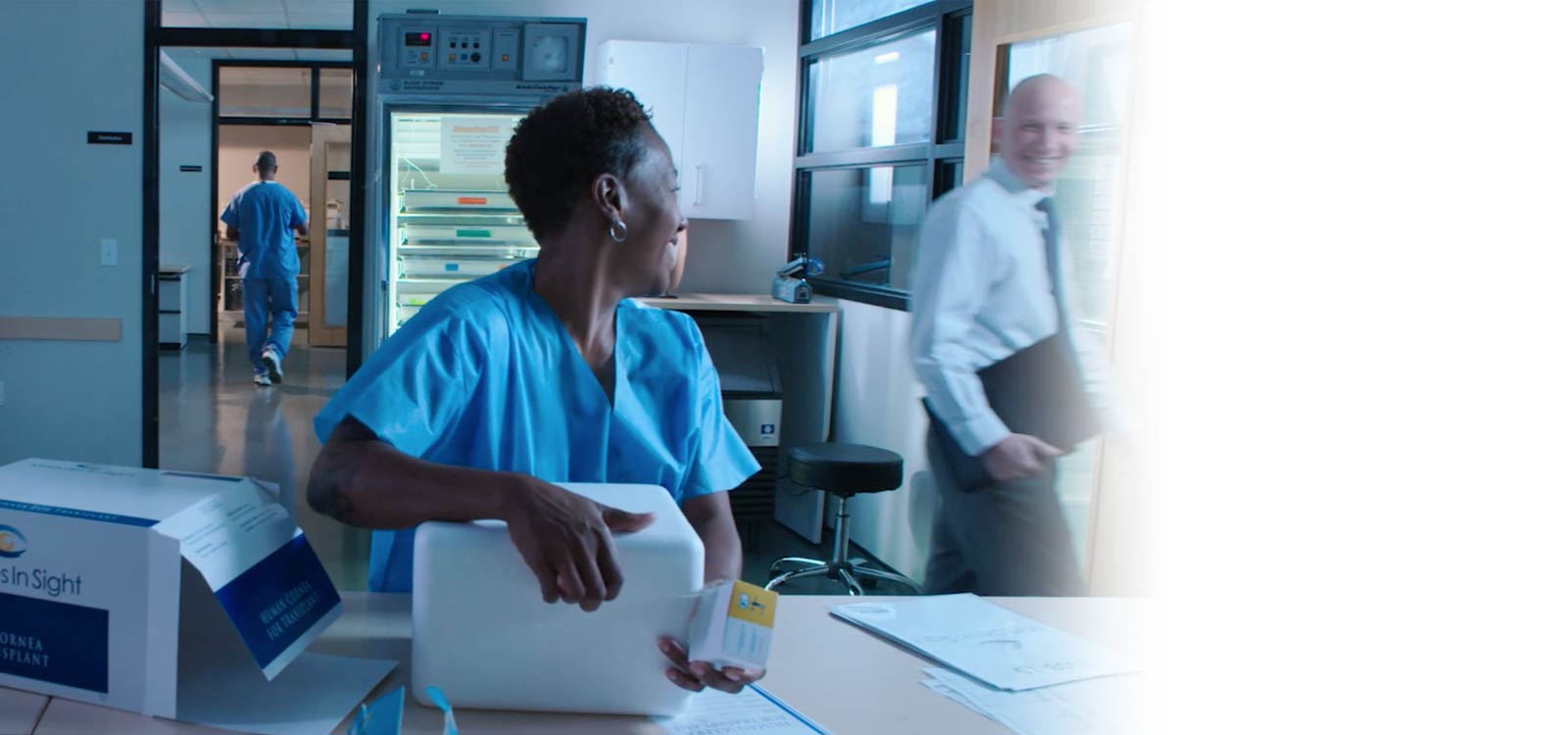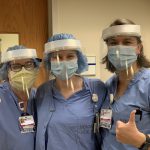

At Miracles In Sight (MIS), we are always working, innovating and collaborating to improve the quality of care and services in our industry. However, with elective corneal tissue transplants on hold, we’re also applying that same innovative, collaborative spirit to helping our fellow health care professionals on the front lines of the COVID-19 pandemic.
 Isaac Perry, our Director of Research and Development, leveraged the expertise and 3D printing capabilities of MIS to help surgeons and other health care workers by producing face shields to help protect them from the virus. Our team uses 3D printers to produce parts of our leading-edge tissue delivery devices, such as the MIS RapidPrep™ DMEK, which is used to transport preloaded tissue for transplantations.
Isaac Perry, our Director of Research and Development, leveraged the expertise and 3D printing capabilities of MIS to help surgeons and other health care workers by producing face shields to help protect them from the virus. Our team uses 3D printers to produce parts of our leading-edge tissue delivery devices, such as the MIS RapidPrep™ DMEK, which is used to transport preloaded tissue for transplantations.
A quick search led Perry to the plans for producing face shields using 3D printed parts and other common office or household supplies. The design he found was developed and shared by other makers to help the cause — and has been approved for use by the National Institute of Health.
“In this pandemic, it is so easy to go down the path of feeling helpless. It’s hard to feel empowered,” explains Perry. “But here’s something we can do to make a difference.”
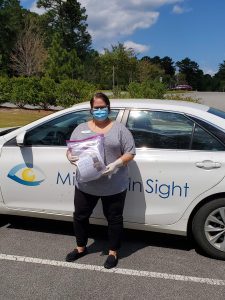

Having started the project only a week ago, we are now working in collaboration with our network of surgeons to help determine where the shields are needed most and how to get them there. Currently, that means reaching out to individual health care practices and groups in North Carolina and South Carolina.
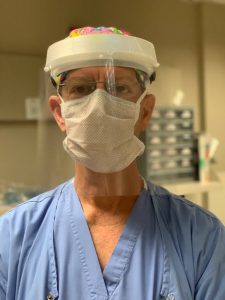

Perry also cautions that there are protocols that must be followed in order to ensure that the shields are disinfected when they are packaged and delivered. Additionally, with each batch of shields, he is providing guidance from the FDA and CDC on the use of 3D printed shields during the COVID-19 pandemic.
“While it is something anyone with a 3D printer can do, the manufacturing and assembly space does need to be clean, they have to be packaged a certain way, and I follow CDC guidance during the manufacturing process to minimize risk of contamination,” explains Perry.
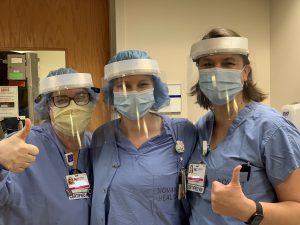

If you’re interested in learning more about the face shields we are producing at Miracles In Sight, or you’d like a copy of the designs to share with other 3D printing resources, please contact Isaac Perry.

